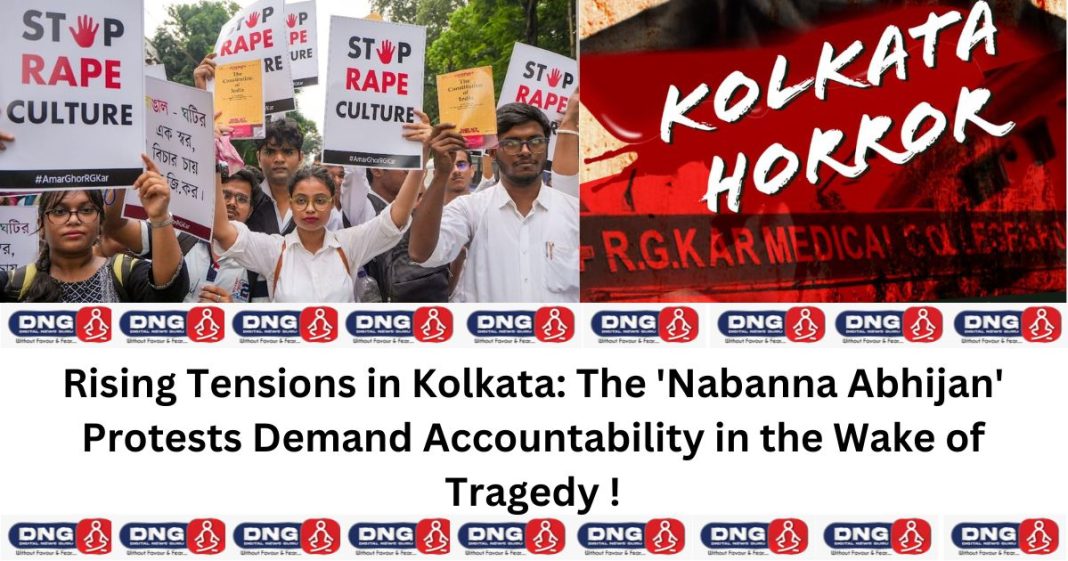DIGITAL NEWS GURU WEST BENGAL DESK :-
Rising Tensions in Kolkata: The ‘Nabanna Abhijan’ Protests Demand Accountability in the Wake of Tragedy !
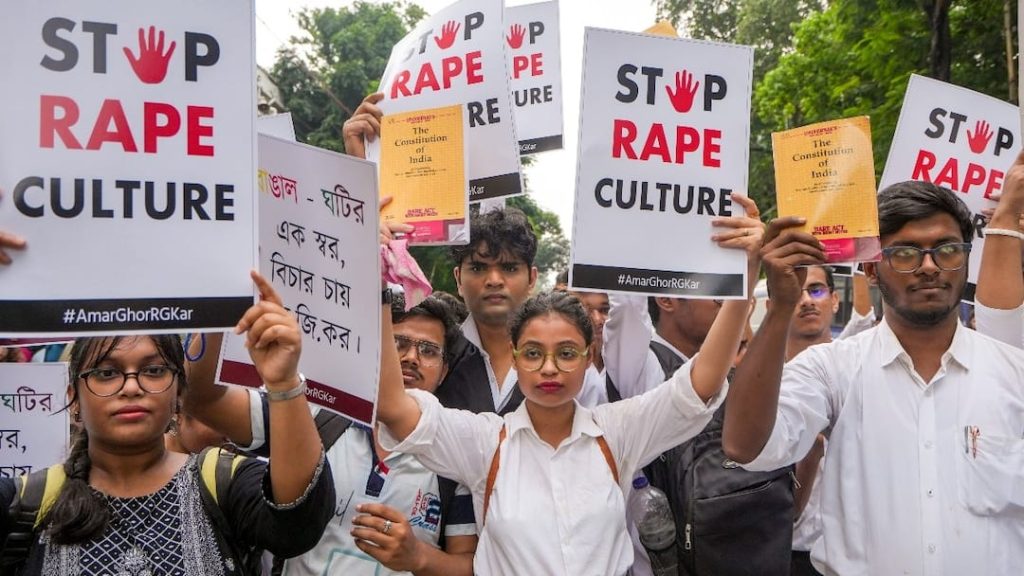
In Kolkata, a significant protest known as the “Nabanna Abhijan” has erupted in response to the tragic rape and murder of a trainee doctor at RG Kar Medical College. This incident has sparked outrage across the state, leading to widespread demonstrations led primarily by student groups.
The protestors are directing their anger towards the state government, specifically demanding the resignation of Chief Minister Mamata Banerjee, whom they hold responsible for what they perceive as a failure in maintaining law and order, particularly concerning women’s safety.
The Incident and Its Impact:

The gruesome incident involving the trainee doctor has sent shockwaves through West Bengal, particularly among the youth and the medical community. The doctor, who was a student at the prestigious RG Kar Medical College, was reportedly assaulted and murdered, an event that has led to widespread condemnation and calls for justice.
This tragic event has resonated deeply, sparking a movement that has grown rapidly, with students and activists at the forefront.
The Nabanna Abhijan Protest:
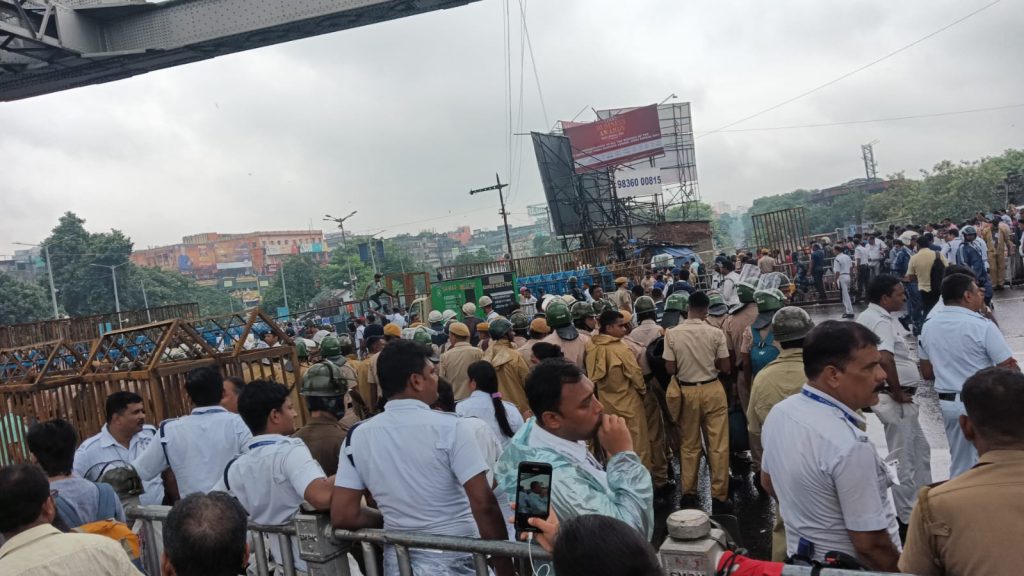
The “Nabanna Abhijan” protest, named after the state’s administrative headquarters, Nabanna, has been organized as a direct challenge to the state government. The protestors are primarily students from various universities and colleges in Kolkata, along with civil society groups and political activists.
Their primary demand is the resignation of Chief Minister Mamata Banerjee, whom they accuse of being unable to ensure the safety and security of women in the state.
The protestors have articulated their grievances not just about this specific incident but also about what they see as a broader pattern of government inaction and insensitivity towards crimes against women.
They argue that the state machinery has repeatedly failed to protect women and that this latest incident is a reflection of a deeper, systemic issue that requires immediate and drastic action.
Government and Police Response:
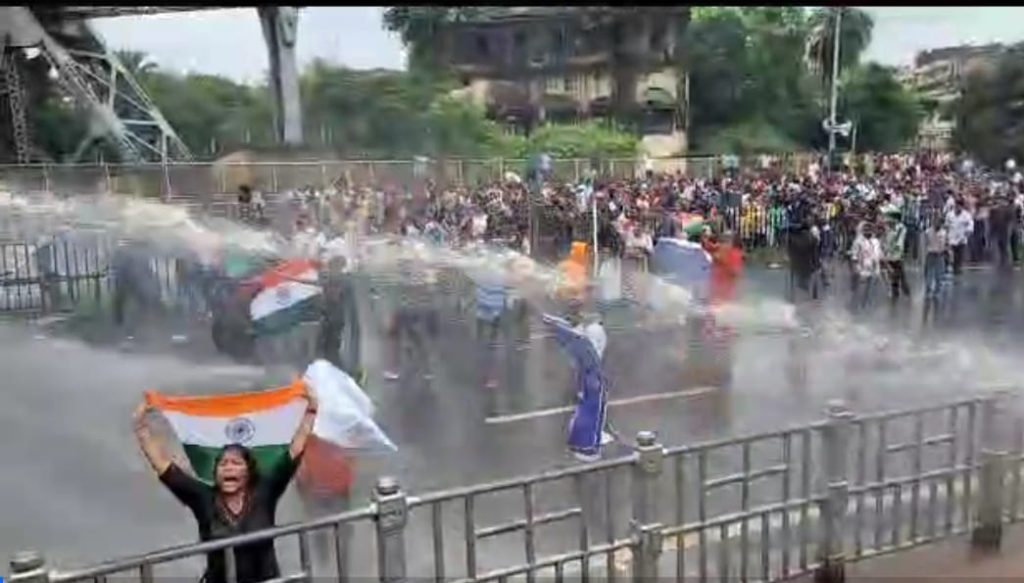
The state government, aware of the intensity of the protests, has responded with a heavy deployment of security forces across Kolkata. The police have set up barricades around key areas, including Nabanna, to prevent the protestors from reaching the administrative headquarters. Water cannons, anti-riot vehicles, and a large number of police personnel have been stationed to manage the situation and prevent any escalation of violence.
Despite these precautions, the protests have been marked by tension and sporadic clashes between the protestors and the police. The police have made several arrests, accusing some individuals of planning violence during the protests.
These arrests have further fueled the anger of the protestors, who argue that the government is trying to suppress their voices rather than addressing the root causes of their grievances.
The government’s approach to handling the protests has drawn criticism from various quarters. Civil rights groups and opposition parties have condemned the use of force against the protestors, arguing that the government should instead focus on addressing the issues being raised. The heavy-handed response, they argue, is only likely to intensify the protests and deepen public discontent.
Broader Political Implications:
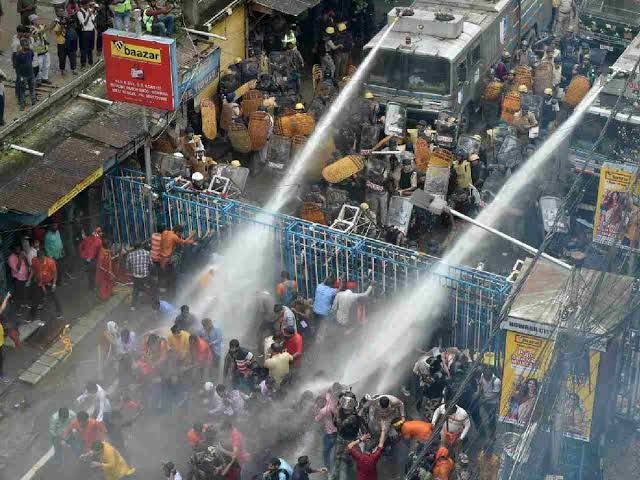
The “Nabanna Abhijan” protest has significant political implications for West Bengal. Mamata Banerjee, who has been a dominant figure in Bengal politics for over a decade, is facing one of the most significant challenges to her leadership.
The demands for her resignation, while unlikely to be met, reflect a growing disillusionment among certain sections of the populace, particularly the youth.
This protest is also indicative of the broader unrest within the state. West Bengal has a history of political agitation, and the current protests can be seen as part of this larger tradition of public dissent. However, the focus on women’s safety and the direct targeting of the Chief Minister make this movement particularly potent.
Public and Media Reactions:
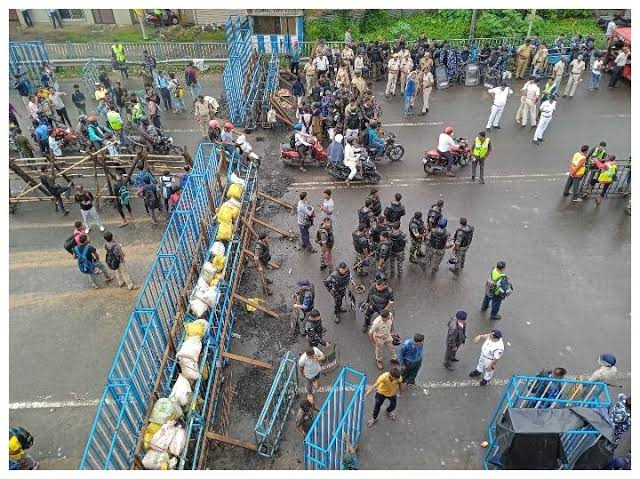
Social media has also played a crucial role in mobilizing support for the protests, with hashtags related to the “Nabanna Abhijan” trending across platforms. Videos and images of the protests, particularly of the police action, have gone viral, further amplifying the voices of the protestors.
Public opinion seems to be divided. While many support the protestors’ demands for justice and better safety for women, others believe that the situation is being politicized, with opposition parties and anti-government forces using the incident to weaken Mamata Banerjee’s administration.
Conclusion:

The “Nabanna Abhijan” protests represent a critical moment in West Bengal’s political landscape. They are a manifestation of deep-seated anger and frustration over issues of women’s safety and governance.
As the protests continue to unfold, the state government faces the dual challenge of maintaining law and order while also addressing the legitimate concerns of its citizens. The outcome of this protest movement could have far-reaching consequences for the future of governance in West Bengal, and for Mamata Banerjee’s political career.
YOU MAY ALSO READ :- Neha Dhupia Birthday Special: मिस इंडिया का खिताब जीतने के बाद नेहा धुपिया ने रखा था फिल्म इंडस्ट्री में कदम, ‘जूली’ फिल्म से किया था बॉलीवुड मे डेब्यू !



